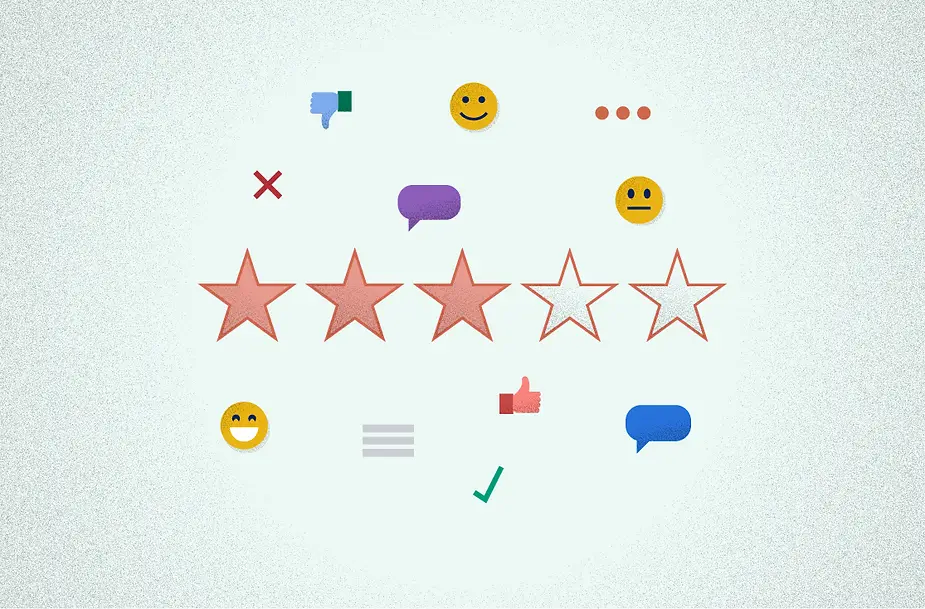Too much training can make your compliance program ineffective. Here’s how you can avoid it.
Outside of work, the term “training fatigue” usually means “a few too many reps in the gym.” But in the workplace, training fatigue describes the overwhelmingly negative reaction to company or traditional compliance training. Unfortunately, this fatigue is relatively common (who hasn’t felt tired doing training before?).
The immediate results are often employee resentment or lack of focus when taking their training. If employees aren’t learning from their training (or if they hate their training), the training is ineffective, irrelevant, and a waste of resources, and you’re likely to see broader cultural consequences as a result.
All-in-all, it’s best to avoid training fatigue at all costs. So, what causes compliance training fatigue, and how can you avoid and prevent it in your company?

The problem with employee training fatigue
When employees are frustrated or bored with compliance training, they are less likely to retain most or all of the information that the training covers. Studies have shown that bad compliance training can actually lead to a more toxic work environment. This is actually one of the reasons we were started. Co-founded by two women, they both questioned: if there is so much training that is mandated, why aren’t workplaces getting better? Why isn’t workplace harassment decreasing?
Hark: a lack of effective compliance training. So they started Ethena as a sexual harassment training provider. (We’ve grown past that since then, by the way!)
Guess what they found out? Engaging training is effective training. If employees are more engaged with their training – and they’re not avoiding hours and hours of excess annual training – training is more likely to make a real impact on the workplace.
So they embraced things like micro lessons, interactive multimedia, short skits, comics, and tons of other methods for delivering training in a way that feels familiar. Want to binge on Youtube or Netflix? Our training kind of feels like that. Want to take your training on the go? We save your employees’ progress on their phone, and they pick up wherever they left off.
Basically, they focused a lot on making training that employees would actually like. Because if they liked it, they’d remember it.
6 factors that cause compliance training fatigue
A number of factors can contribute to training fatigue in employees. Here are 6 of the most common ones to be aware of.
1. Boring and irrelevant content
When the training content isn’t engaging to learners, they are more likely to tune it out, which renders the training useless. If this training is happening online, users will more often than not just click through content without reading or watching.
2. Training happens at inconvenient times
When employees are pulled away from their work to do compliance training, they tend to have a negative attitude toward the training before it has even started. Assigning training at key times within your organization’s busy calendar is essential, and you have the ability to do that with Ethena.
3. Content is repetitive
If employees are subjected to the exact same training material every time, they will get bored easily. Just like when they feel inconvenienced, repetitive content causes employees to enter the training with a closed mind and they won’t take away anything useful from training.
4. Training isn’t focused on learning or impact
Another issue some companies have is focusing their training on just “checking the box” to get it done, and not actually teaching employees what they need to know. When the goal of compliance training isn’t centered around learning or impact, it’s more or less obvious. Employees can easily sense this, and thus, they’ll likely tune it out. If the company doesn’t take it seriously, why should they?
5. Training is too long
When employees are spending hours in compliance training, whether all in one sitting or over the course of a year, they can easily feel the fatigue and tune it out. Effective compliance training is designed to be concise to avoid this problem. Too much time spent on training also cuts into valuable work time, which hurts the company.
6. Training is outdated
Learning about Jim groping Sarah by the water cooler back in the 80’s helps no one. And asking a question like: Is this behavior appropriate, check yes or no? Is insulting.
The workplace today is nuanced, and it’s filled with situations that are more gray area than black and white. Today, Compliance and HR leaders are dealing with hybrid and remote workforces (and online harassment), situations with phishing and proper data handling, and so much more.
4 tips on how to prevent training fatigue
So how can you train regularly without causing training fatigue? We outline 4 useful tips below, and if you’re curious about what benchmarks you should be using to define success with your compliance training program, check out our Ethisphere Whitepaper: Measuring Real Impact Report.

1. Aim for 3-5 hours of training time annually
This is generally the best range for total training time. Five hours should be the maximum compliance training time in a year. Training in smaller increments over time can be a useful tool to break up longer training sessions while maximizing content retention.
Depending on your organization and industry, you may need other courses annually, the gist of this is to spread the training out. Preferably throughout the year, and preferably not at the end of a quarter when your Sales department is most likely to flip out.
2. Create or use multimedia content with relevant examples
Using multiple types of media, such as videos, reading materials, and pictures, can help keep employees engaged throughout the training. (At Ethena, we use all kinds of multimedia to make our training as engaging as possible.) Ensuring that all materials are up-to-date and the examples are relevant is also super helpful.

3. Make it convenient and flexible
For online training, allowing employees to train at their own convenience is incredibly helpful in maintaining a positive attitude toward compliance training. It also helps to give them a flexible time frame to complete the training. We suggest a 60-day period for this.

Another way to make it convenient for employees and admins? Find training content that’s easy to access and easy to assign. With Ethenas HRIS integrations, admins can automate their training process entirely, and with SSO and Notification integrations, training is delivered where employees actually spend time, making it that much more convenient to train.
4. Ask for feedback
Perhaps most importantly, ask for feedback on the training — both the quality of the training and your learners’ feelings about it — and make changes to the actual training, your training strategies, and schedule as needed. As long as the majority of the feedback is positive, you’re on the right track. You can easily do this with an Employee Survey tool, like the one we’ve made. But if you’d prefer to make one from scratch, we’ve written some tips on how to get the most from employee surveys.
Avoid training fatigue the easy way
Keeping your training up-to-date, engaging, and short will go a long way in making sure employees participate with a positive attitude so that they retain the information. Following these good training practices help prevent harassment and save your company money.
Of course, do you have the time, money, and know-how to make effective training? If not, you should check out Ethena. We can get you onboarded and assigning training in as little as 5 minutes. We have over 1 million positive reviews, and our ever-expanding course library might have everything you need. (And if it doesn’t, check out LMS Essentials feature to import your own homemade trainings into our intuitive platform.)
So if you’re interested in finding a training solution designed to combat training fatigue and deliver effective, inclusive content, let’s talk. Or if you’d like to do more research, see us in action for yourself. Request a sample training today to see how we tackle critical workplace challenges.










